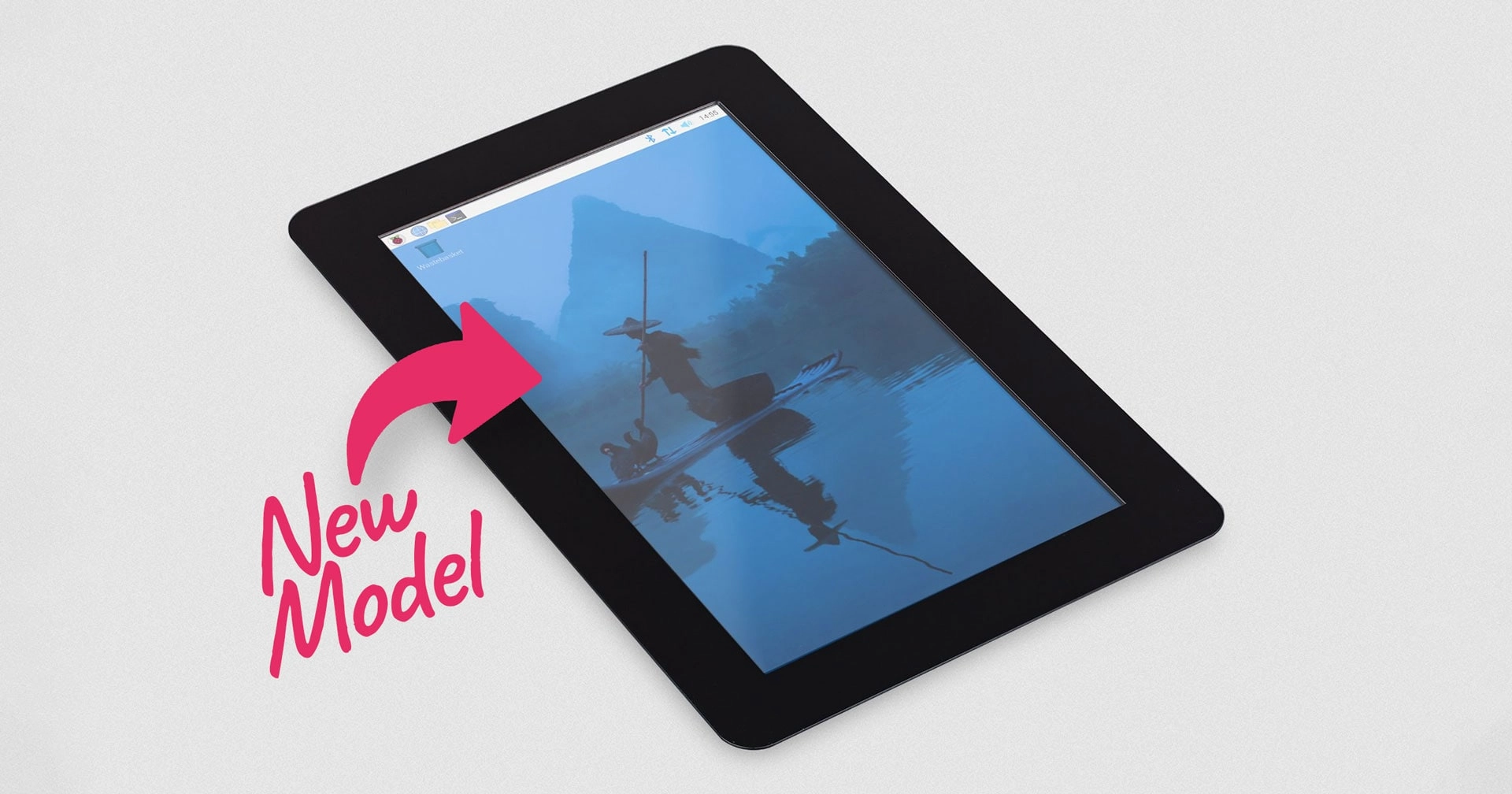Raspberry Pi has unveiled a new version of its 7-inch ‘Touch Display’ accessory.
Considering the previous model was introduced 9 years ago, an update for this device was certainly anticipated.
The Raspberry Pi Touch Display 2 features a higher-resolution display compared to its earlier version and adopts a more compact form factor, as the display driver board is now integrated into the enclosure, simplifying the overall setup.
Raspberry Pi Touch Display 2 components
Despite the enhancements, the price remains unchanged at $60/£56.
There’s no information available regarding the brightness, contrast, or other specs for the new version, and it is specifically mentioned to offer 5-point multi-touch, while the original model supports 10-point multi-touch (who actually uses a touchscreen with 10 fingers?!).
However, the 7-inch TFT display now boasts a resolution of 720×1280 pixels, a significant upgrade from the previous 800×480, which enhances its capability for running contemporary software.
Similar to its predecessor, the Touch Display 2 is driven by the Raspberry Pi itself (connecting through GPIO pins), and the display connects to the onboard DSI port (which is present on all Pi models except the Zero).
The latest model features a “portrait orientation” touch display, but it can also be utilized in a horizontal layout by changing the rotation settings in the OS > Display preferences (most Linux distributions will typically operate it in vertical mode).
Who’s the Touch Display 2 For?
This blog primarily emphasizes desktop Linux, particularly when discussing the Raspberry Pi. I usually approach it from the perspective of engaging in desktop activities using Ubuntu for Raspberry Pi.
For a Portable Pi Experience
The Touch Display 2 may not serve as a traditional PC monitor, but it shines in interactive projects, infotainment systems, smart hubs, and similar applications that it is designed for.
While there are larger and more affordable touch-enabled monitors available, they often require additional power supplies and separate HDMI and USB cables to enable touch functionality (contingent on Linux support).
In contrast, the Touch Display 2 provides a neat, streamlined option that can be effortlessly integrated into fixed settings or shop displays, minimizing the clutter of tangled wires.
Raspberry Pi has been on a roll with its latest product announcements, and the updates keep coming. Their newest offering is an enhanced version of the touch-enabled display, designed to facilitate innovative touch-based interaction experiences with a Raspberry Pi.
For additional information, visit the product page, where you can find links to purchase it from authorized resellers.
